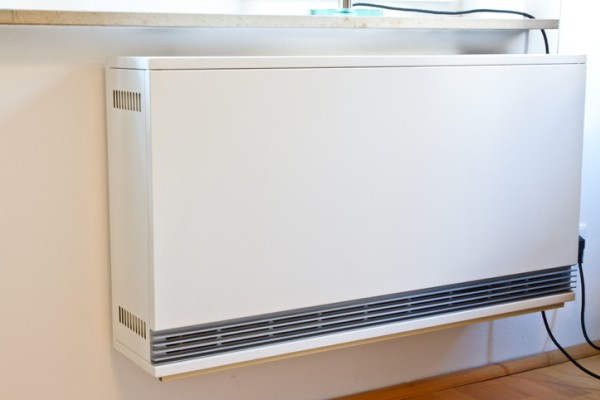
Off-peak storage heaters have long been a familiar feature in many Australian homes. Designed to take advantage of cheaper overnight electricity tariffs, these heaters store thermal energy during off-peak periods and release it gradually throughout the day.
Although they played an important role in managing heating costs, changes in technology, energy pricing and building standards mean off-peak storage heaters are now less common, and there are more efficient alternatives available.
How off-peak storage heaters work
Off-peak storage heaters operate by charging up during designated off-peak periods, usually overnight when electricity demand is low and prices are cheaper. The stored heat is held in dense materials like ceramic bricks or concrete blocks within the heater.
During the day, the heater slowly releases this stored heat into the room, providing warmth without continuously drawing electricity. This approach helped reduce energy bills by shifting electricity use to cheaper tariff periods.
Benefits of off-peak storage heaters
- Cost savings: They utilise low-cost electricity tariffs, reducing overall running costs compared to continuous electric heating.
- Simple operation: Typically, they do not require complicated controls—once set, they charge and discharge automatically.
- Durability: These units are generally robust and require minimal maintenance.
Limitations and challenges today
While off-peak storage heaters served Australian homes well for decades, they now come with some drawbacks:
- Slow heat response: Because heat is stored and released gradually, the system lacks quick temperature control or immediate heating.
- Heat loss: Inefficient insulation or poor heater design can cause unwanted heat loss overnight.
- Changing tariffs: Some electricity providers are moving away from dedicated off-peak tariffs or controlled load circuits, reducing the cost advantage.
- Compatibility: Modern homes with better insulation and passive solar design may find these heaters provide inconsistent or excessive heat.
- Environmental impact: They rely entirely on electricity, which may not be from renewable sources, leading to higher carbon emissions compared to more efficient heating systems.
Are off-peak storage heaters still a good choice?
In many cases, they are being phased out or replaced due to advances in heating technology and energy efficiency requirements in modern homes.
If you are renovating or building a new home, it’s worth considering more flexible and efficient options such as reverse-cycle air conditioners, hydronic heating or heat pumps. These systems offer better temperature control, faster response times and lower running costs, especially when paired with solar power.
That said, for homes already fitted with off-peak storage heaters, maintaining or upgrading the unit may still be a cost-effective option if your electricity tariff supports it.
Practical tips for homeowners
- Check your electricity tariff: Confirm if you have access to off-peak rates and whether these tariffs will continue to be available.
- Upgrade insulation: Improving wall and ceiling insulation can reduce heat loss and improve heater performance.
- Consider supplementary heating: In very cold weather or poorly insulated rooms, off-peak heaters may need backup heating for comfort.
- Seek professional advice: Talk to licensed electricians or energy consultants before changing or upgrading your heating system to ensure compliance with AS/NZS 3000 and local regulations.
Final thoughts
Off-peak storage heaters were an effective way to manage heating costs in Australian homes for many years. However, evolving energy markets, technology and building practices mean they are no longer the most efficient or flexible choice.
For home builders and renovators, exploring modern heating solutions can deliver greater comfort, energy savings and reduced environmental impact.





